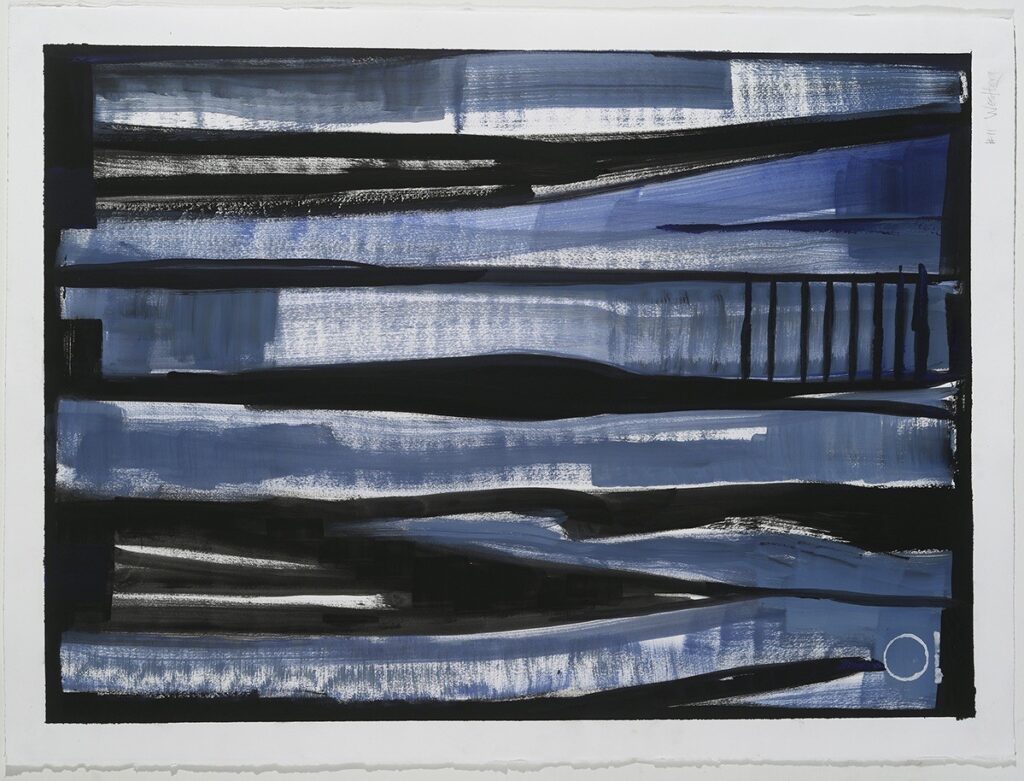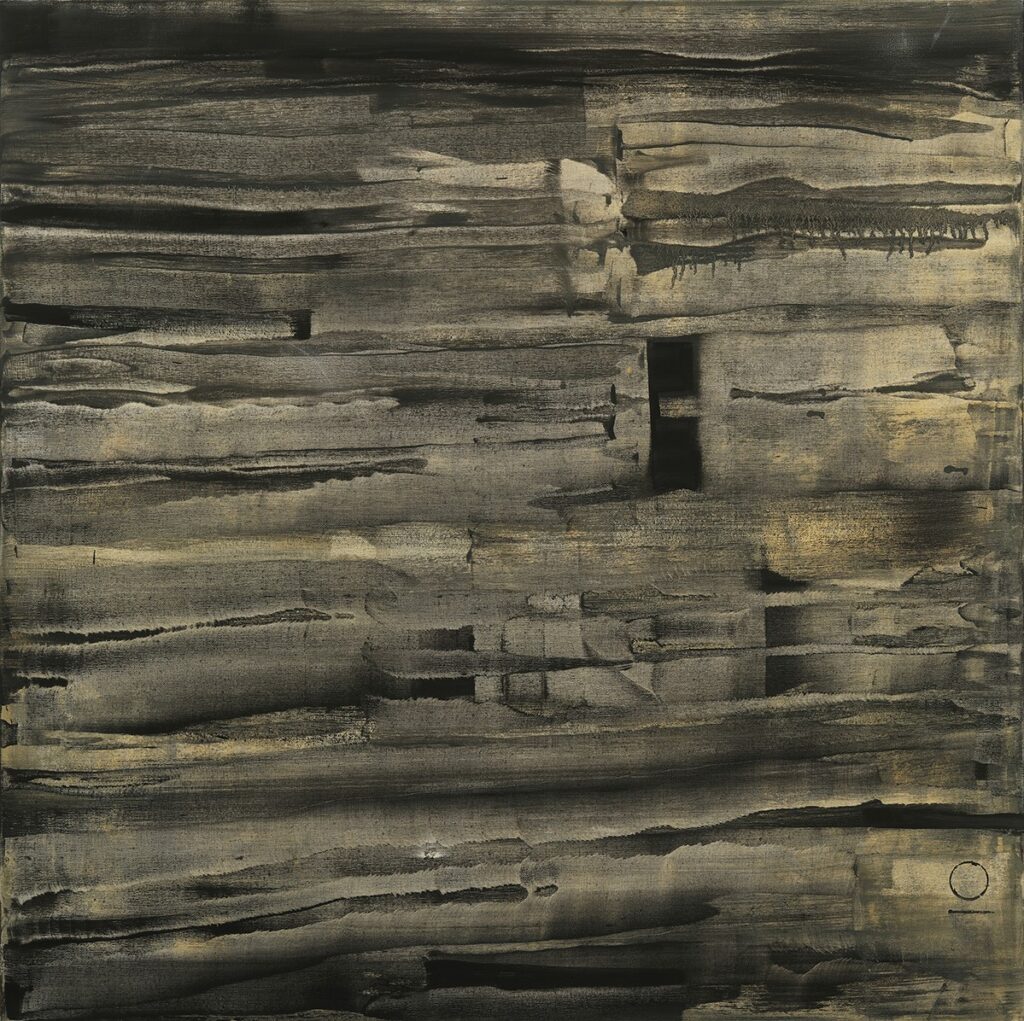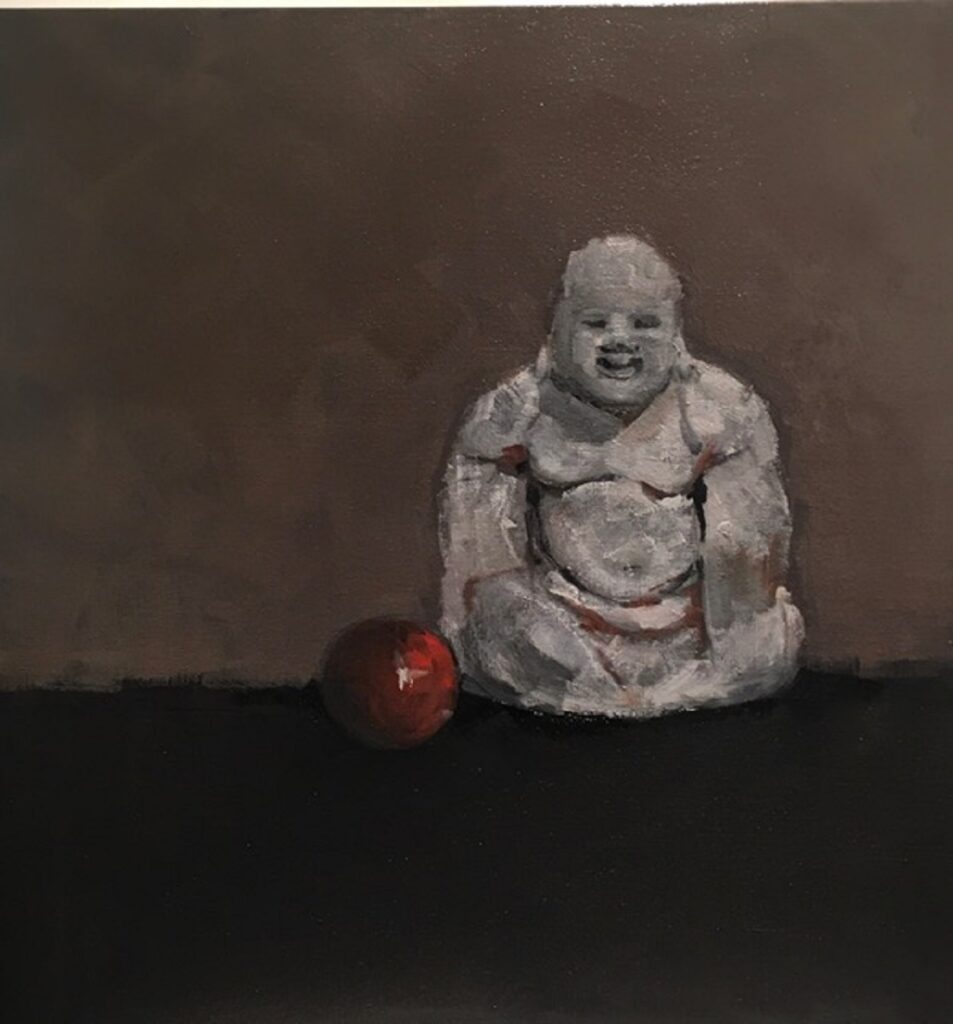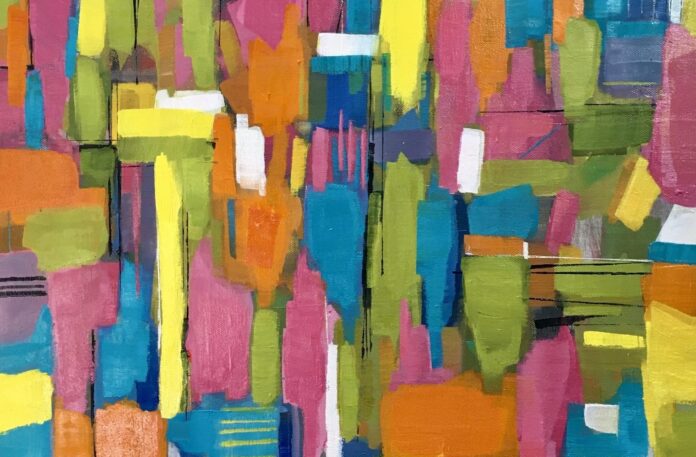Painter Wanda Westberg wants to make a difference by inspiring change, evoking an emotional response, and giving back to the universe.
“Painting is a way to have a conversation with that deeper consciousness one can experience when not thinking,” Westberg told 48hills. “To be in touch with the original self—that place where we are all connected.”
Westberg grew up in the Midwest, moving from Sioux Falls, SD to Minneapolis, MN while she was in grade school. After high school, she knew that California was her destination for college.
“When I saw the ocean, I never looked back,” she said.
Westberg enrolled at UCLA to study art but was discouraged after a counselor advised her it was “not a good career for a woman.” After getting a degree in English, she still longed to pursue art and took every art extension course offered.
“When I discovered oil painting, I found my calling,” Westberg said.
She has studied with many respected artists including Arnold Shifrin, a flamboyant expressionist who chronicled Topanga Canyon and Mexico and championed Los Angeles artists. He was her greatest inspiration, encouraging her to follow her own path.
An interest in Buddhism greatly influences and drives Westberg’s work, and through her paintings the artist expresses an intuitive, curious, and grateful nature. Working with Joko Beck, her teacher at the Los Angeles Zen Center, helped her discover that it is the ego that keeps us from true happiness.
“When I am painting, there is no ego. Sometimes before, sometimes after, but not during!” she said.

Westberg’s home studio in North Berkeley is a renovated spacious two car garage. Rick Irving, who designed many features in her mid-century house, created the studio space. Skylights and track lighting were installed, and the walls and timbers of the high ceiling painted white, creating a vibrant workspace filled with light.
A typical day for Westberg begins with a walk in the woods and early lunch before heading to her studio for the day, working into the evening hours. Her favorite part is the beginning: mixing up paint, putting it down on canvas in random order. She may start with an idea, but that usually changes once the process begins, taking her in a completely different direction.
“I go with it. More music, more paint, more brushstrokes. I will leave it for a while then come back to revisit,” she said.
Working in oils on primed, stretched canvas using large inexpensive brushes, paintings vary in size from 6×6 inches to 4×4 feet. For Westberg, painting is meditation in action. When problems come up, or something does not seem to be working, she sees that as an opportunity to go deeper into the painting. To see what is. That may mean wiping things down to discover the potential under a layer of paint or even starting over.
“Success depends on clearly seeing the situation and dealing with it skillfully without fear or doubt,” she said.
Hmm. Sounds like a good tenet for life. The artist details this concept further by saying that fear and self-doubt are always present, but to be an artist is to quiet down those voices and simply be present and alert.
“I am always surprised and grateful when a good painting happens,” she said.

Westberg is interested in the impermanence of things, a Buddhist inquiry that was also the name of her latest exhibition (in May 2022) at SHOH Gallery in Berkeley, which explored the concept in a series of 25 paintings and 10 works on paper.
Within the body of work, Wabi-sabi, a Japanese aesthetic is explored: the respect for what is passing, fragile, slightly broken and modest, embracing authenticity over the ideal of perfection.
“Wabi-sabi refers to the beauty of what is impermanent, imperfect, and incomplete. When you look at an object, you can sense its story—the hands that once owned it, made it, or used it. Nothing lasts, nothing is finished, and nothing is perfect,” Westberg said.
Having been approached by many galleries over the years, Westberg exhibits her work exclusively through SHOH Gallery. In 2020, Westberg’s “Sky” exhibit in the space was inspired by views from her living room and deck of the San Francisco skyline, the Golden Gate Bridge and Mt. Tamalpais, exploring light and atmosphere during changing seasons and times of day.
In her 2019 exhibit titled “El Lago” she presented a series of paintings inspired by Jewel Lake in Tilden Park. Daily walks presented a myriad of impressions of this enchanting spot: the changing light and reflections, the sights and sounds of wildlife, the wind, rain, warmth of the sun and chill of the night, all bringing forth intense emotional responses to record in paint on canvas.
As a classical pianist who performs in workshops, Westberg is working on a lively new series of paintings inspired by the Chopin Etudes and other musical offerings, such as jazz compositions, and various tempos of music.
With a vast collection of found objects, from her travels, walks, and unexpected places, Westberg finds other subject matter. Always on the lookout for things lost, worn, and discarded, her collection includes paper and metal that have been exposed to the elements; well-used and rusted objects; bark, branches, stones, feathers, and shells. And a treasured old dog ball that shows up in her paintings again and again.

“All of the objects are a constant reminder of the beauty of things as they age and change,” she said.
One of her favorite recent finds was discovered in a pile of bulky trash in Oakland. Driving by, Westberg noticed a small statue of Buddha, his head sticking up out of the heap. Appearing to be a formerly painted terra cotta statue now absent of color, the figure had taken on a beautifully worn patina.
Westberg acknowledges that art always reflects what is going on in our lives and in the world. The pandemic, politics, and ageing have all touched her work.
“I believe my paintings have been affected in a mostly positive way, as every challenge has made me more aware of the mutability of things and the acceptance of imperfection,” she said.
Westberg offers a bit of wisdom from Don Miguel Ruiz, Mexican author and spiritualist, in which he urges us to always do our best—even as that changes from moment to moment—but in adhering to that promise under any circumstance, we avoid self-judgment and regret.
She also notes that creating a feeling of connection to the deeper self is what she hopes viewers of her work take away—a sense of a place where things originate, where we respond emotionally, personally and in the present moment. And, of course, perhaps to reflect that constant, there is that omnipresent red dog ball.
For more information, visit her website at wandawestberg.com and on Instagram.





